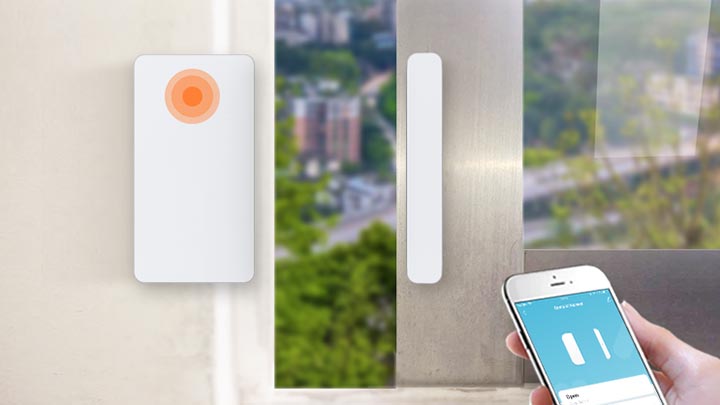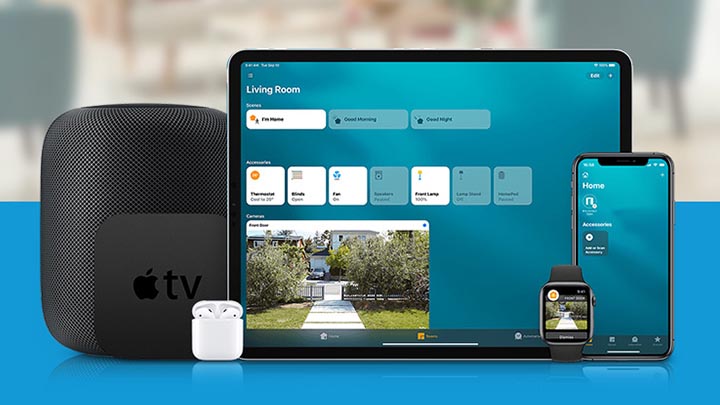How to Choose a Smart Plug: A Comprehensive Guide
Smart plugs are small but powerful devices that transform ordinary appliances into smart ones. They allow you to control and monitor devices remotely, automate schedules, and even save energy. With so many options available, choosing the right smart plug can be challenging. Here’s a detailed guide to help you make an informed decision.
Key Factors to Consider
1. Compatibility
Before purchasing, ensure the smart plug is compatible with your existing ecosystem. Most plugs work with major platforms like Amazon Alexa, Google Assistant, or Apple HomeKit, but some may only support specific systems. If you already have a smart home assistant, look for plugs that integrate seamlessly with it.
2. Connectivity
Smart plugs usually connect via Wi-Fi, Bluetooth, or Zigbee:
- Wi-Fi: The most common option, offering direct control via apps without needing a hub.
- Bluetooth: Good for short-range control but lacks remote access when you’re away.
- Zigbee: Requires a hub but offers a more stable connection for multiple devices.Choose the connectivity option that fits your setup and requirements.
3. Load Capacity
Check the plug’s maximum power rating to ensure it can handle the devices you intend to connect. Overloading a smart plug can damage it or pose safety risks. For high-power devices like heaters or air conditioners, choose plugs with a high wattage rating.
4. Features
Different smart plugs offer various features to enhance convenience and functionality:
- Scheduling and Timers: Automate when devices turn on or off.
- Energy Monitoring: Track power usage and identify energy-hungry devices.
- Remote Control: Turn devices on/off via a smartphone app, even when you’re not at home.
- Group Control: Manage multiple smart plugs simultaneously.
5. Size and Design
Some smart plugs are bulky and may block adjacent outlets. Choose a compact design that fits well in your sockets and allows other plugs to be used simultaneously.
6. Safety Certifications
Ensure the plug meets safety standards such as CE, FCC, or UL certifications. Overcurrent protection, surge protection, and fire resistance are essential features for safe usage.
7. Price and Brand
While budget-friendly options are tempting, prioritize reliability and durability. Reputable brands often provide better customer support and longer warranties.
Types of Smart Plugs
1. Indoor Smart PlugsDesigned for indoor use, these plugs are ideal for lamps, coffee makers, or fans.
2. Outdoor Smart PlugsBuilt to withstand weather conditions, outdoor smart plugs are perfect for garden lights, water pumps, or holiday decorations. Look for waterproof and durable models with IP65 or higher ratings.
3. Specialized Smart PlugsSome plugs cater to specific needs, such as USB ports for charging or integration with specific ecosystems like HomeKit.
Steps to Choosing the Right Smart Plug
- Identify Your Needs: Determine the devices you plan to control and the features you require.
- Research Options: Compare products from trusted brands like TP-Link, Belkin, and Wemo.
- Check Reviews: Look for user reviews and ratings to gauge reliability and performance.
- Consider Future Expansion: If you plan to add more smart devices, ensure the plug integrates well with your growing ecosystem.
Top Brands to Consider
- TP-Link Kasa: Known for affordability and wide compatibility.
- Belkin Wemo: Offers reliable performance with HomeKit support.
- Amazon Smart Plug: Seamless integration with Alexa devices.
- Meross: Budget-friendly options with HomeKit compatibility.
Conclusion
Choosing the right smart plug involves balancing features, compatibility, and safety. Whether you're looking to automate household tasks, reduce energy consumption, or enhance convenience, a well-chosen smart plug can be a valuable addition to your smart home. By considering factors like compatibility, connectivity, and safety, you can find a smart plug that perfectly meets your needs.




